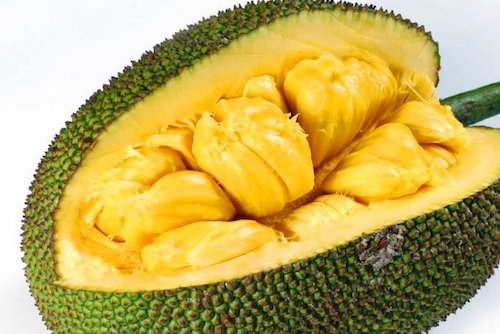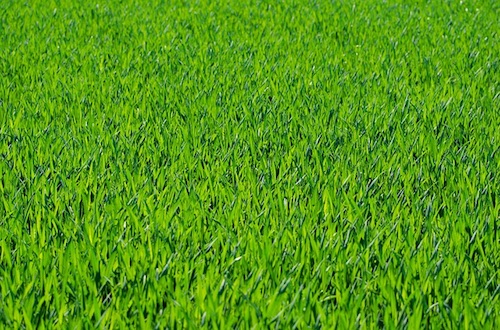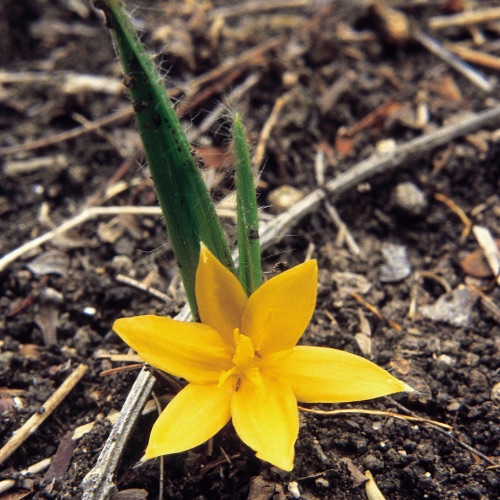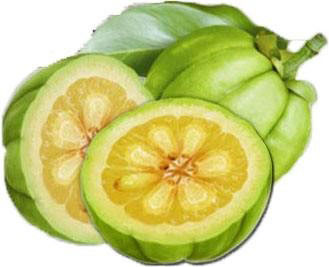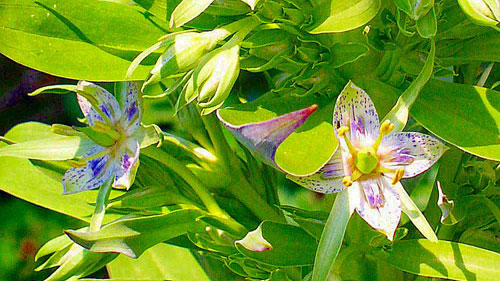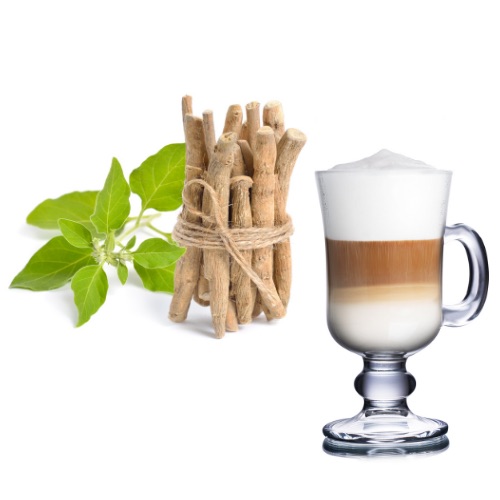Boerhavia diffusa belongs to the family Nyctaginaceae . This is also known as spiderlings as this plant grows low and spreads like a spider web. Boerhavia diffusa is identified by the name Punarnava in India. Ayurvedic texts immensely praise the medicinal properties of this plant. This herb is very well known for its anti-inflammatory and diuretic properties. Globally this herb can be found in Africa, North America, South America, China, India, and Myanmar.
Related article:
Ayurvedic Remedies for Fatty Liver Disease
Ayurvedic liver detox – an easy liver cleansing guide
Table of contents
Rejuvenates the Liver and Digestive System
Rejuvenates Male Reproductive System
Helps in expelling Kidney Stones
The health benefits of this plant are as follows
Rejuvenates the Liver and Digestive System
This herb is used in ayurvedic liver detox. When used it helps to improve anemia. It eliminates body toxins and purifies the liver. Ayurveda acharyas recommend this herb for conditions like fatty liver.
The use of this herb helps to boost digestion power and improves taste. This herb also reduces stomach pain and colic. This plant acts as a carminative, increases appetite, digests ama (body toxin), and reduces abdominal pain. It is also used in natural ayurvedic remedies for constipation.
It helps with jaundice or hepatitis. It is employed in Brazilian herbal medicine to stimulate the emptying of the gallbladder and for all types of liver disorders. Usually, this herb is used along with other liver-protective herbs like Rohitaka, Chitraka, Giloy (amruta, guduchi), Bhringaraj ( brunga), Katurohini and Bhumyamalakai.
Improves Heart Health
This is praised as hrudrogajit, which means the herb which helps to overcome diseases of the heart. Since this is an excellent diuretic, it helps to lower blood pressure and reduces the load on the heart.
Improves Lung Health
This herb is recommended in the treatment of cough, expectoration of sputum, and cold. It boosts the immunity of the lungs and strengthens them. It clears the lungs and reduces cough, asthma, etc.
Helps with menstrual problems
This herb is eulogized as “Raktapradaradoshaghna” which means it helps in conditions like excessive bleeding during the menstrual cycle or PCOD (PCOS) or Menopause. It is also used to treat painful menstruation. This is widely used as an ayurvedic treatment for PCOS or PCOD. Boerhavia diffusa is used as an active ingredient in ayurvedic preparations for menorrhagia.
Best skin detox herb
Since this herb detoxifies the liver, improves blood health, and heals wound fast, it is used in ayurvedic remedies for acne and pimple. It detoxifies skin and clears it of infections. Its root decoction (Kashaya or kadha) is used in treating snake bites, rat bites, etc. It is very useful in skin diseases like scabies. It is considered an excellent natural remedy for guinea worms
Rejuvenates Male Reproductive System
It rejuvenates the male reproductive system and acts as an aphrodisiac. This increases libido, and the duration of hard erection and helps to improve sperm count and quality. It is used in Ayurveda Vajikarana Therapy. Seeds of this plant are used as ayurvedic medicine and treatment for erectile dysfunction or Klaibya. It is also used to improve sperm count and motility naturally.
Helps in expelling Kidney Stones
Since this plant has effective diuretic properties, it is used in the treatment of kidney stones along with other herbs like gokshura or tribulus terrestris. This plant cleanses the kidneys and helps to get rid of renal calculi (kidney stones). Ayurvedic doctors prefer this herb to treat cystitis and UTI
Rejuvenates Body
It rejuvenates the whole body and gives a new life and health (Hence the name Punarnava (New again)). It strengthens the body and normalizes doshas. This helps to boost immunity to diseases.
Thus this plant acts on all-important organ systems and rejuvenates them, giving them new life. Hence the name.
Reduces Inflammation
Shothagni is another synonym for this plant . Shotha means inflammation. The plant which acts as an enemy of inflammation is shothaghni. This plant is known to reduce inflammation in rheumatoid arthritis or amavata and joint pain. It is widely used in the inflammation of the liver, kidney, and joints.
Ayurveda Medicinal Properties
This ayurvedic herb is known by different names in various languages of India. They call it Atikamamidi in Telugu, Itsit in Punjabi, pananua in Assamese, Mukaratte- Kirai in Tamil, punarnova in Bengali, Ghetuli in Marathi, Satodi in Gujarati, komme in Kannada, talutama in Malayalam, Spreading Hogweed, horse purslane, Red Hogweed, pigweed, Tarvine, and Red spiderling, in English
Synonyms of spiderling plant in texts of Ayurveda
It is called as Punarnava or Punarbhu (Punar + nava). Punar means – once again, nava means – becoming new. When the plant dies once in a year, it again spurts back from its roots like a new plant. It is considered the best anti-aging herb. Since it makes us young again with good energy and stamina it is known as punarnava. Shilatika, Katilla, Kathillaka, Jatila, Shivatika, Varhsabhu, Vruscheera, are other names. Shophaghni and Shothaghni are other synonyms that mean the herb which reduces pain and swelling.
Types
Texts of Ayurveda mention three types of this plant.
- Shweta Punarnava – The white variety, which has a white-colored stem and flower. It is also known as Varshabhu.
- Rakta Punarnava – The red variety, which has red colored stem and flower
- Nila Punarnava – The Blue variety as described in raja Nighantu.
The red variety of this herb is used in ayurvedic treatment.
Chemical Composition
This plant contains T. Portulacastrum- Trianthemine and ecdysterone. Hentriacontane, B-sitosterol, Oxalicacid, D- glucose, Punarnavoside, Punarnavine-1, Punarnavine-2 Boeravinones A,B,C etc. are other important constituents. b-Sitosterol, a-2-sitosterol, palmitic acid, ester of b-sitosterol, tetracosanoic, hexacosonoic, stearic, arachidic acid, urosilic acid, Hentriacontane, b-Ecdysone, triacontanol are also present. It has two rotenoids known by Boeravinones G and H. These chemical components are responsible for the anti-inflammatory, analgesic, and rejuvenating properties exhibited by this herb.
Ayurveda acharyas explain the medicinal properties of this herb as follows.
According to text Bhava Prakaasha
In Dhanvantari Nighantu, it is explained as
The juice of this plant has varied tastes. – It has Madhura rasa (sweet taste), Kashaya Rasa (astringent taste ), and Tikta rasa (bitter taste). It is light to digest (laghu) and reduces the moisture content (rooksha) of the body. After digestion (vipaka) it gets a pungent taste or Katu rasa. It increases body heat (ushna veerya). It balances Kapha dosha and Vata dosha.
The whole plant is utilized for medicinal purposes.
Precautions to Use
- Cardiac patients should use this herb under the supervision of a qualified doctor.
- Since it acts as a diuretic, patients with high Blood Pressure and kidney disorders should consult their doctors before using it.
- This is safe to use during the lactation period and in kids.
- Consult your gynecologist before using this in pregnancy.
(Reference- https://www.researchgate.net/publication/269846433_PUNARNAVA_BOERHAVIA_DIFFUSA_A_PROMISING_INDIGENOUS_HERBAL_DRUG )
Author : Dr. Savitha Suri Consultant Ayurvedic Physician
Call us at +91 9945995660 / +91 9448433911



